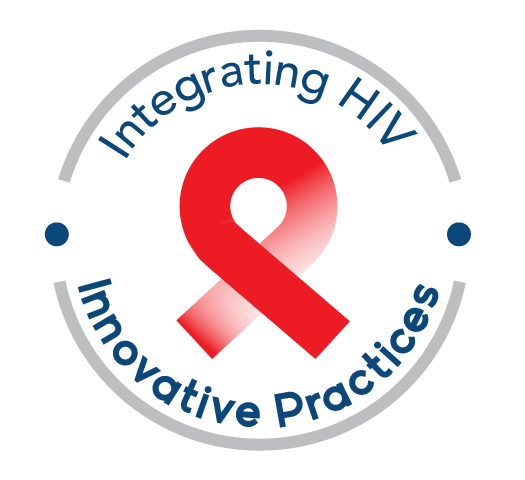In this chapter
- Prisons versus jails: What’s the difference?
- EnhanceLink Initiative: What were the major findings?
- Staffing: What do organizations need to keep in mind?
Prisons versus jails: What’s the difference?
The terms “jails” and “prisons” are often used interchangeably, but they represent different kinds of facilities.1 Jails are locally operated or managed short-term facilities for persons awaiting arraignment or trial who, if eligible for bail, may be unable to post it. Jails may also house parolees who have violated their terms of release or sentenced individuals awaiting transfer to prison.2 “Jail systems vary from rural lockups of a few cells to large city jail systems with thousands of detainees.”3 Since jails are not homogeneous, readers should always check with their jail facilities about processes and procedures, and adapt this guide as applicable to the site in which they’ll be working.
How fast detainees leave jails can vary between individual jails and from individual to individual. On average, nearly one quarter of jail detainees are released within two weeks.4 According to a recent study specifically focused on felony defendants in large urban areas, approximately 50 percent of these individuals were released within 2 days.5 All are released or transferred within 1 year.6 See “Prisons Versus Jails: What’s the Difference?” in the accompanying training manual to learn more.
EnhanceLink Initiative: What were the major findings?
The goal of the EnhanceLink initiative was to link HIV-infected releasees with primary HIV care in the community and for those so linked to stay in care and adhere to antiviral therapy. The initiative proved cost-effective from a societal perspective.7 The number one predictor of success in achieving a good medical outcome was a caseworker addressing future medical needs.7 EnhanceLink grantees achieved a successful linkage rate of at least 60 percent.8 To read about the EnhanceLink findings in greater detail as well as lessons learned, see the associated training manual and pocket guide that accompanies this document. (For additional information, see published articles from EnhanceLink grantees.)
Staffing: What do organizations need to keep in mind?
It is important to hire culturally competent staff who truly want to work with this population and are understanding of their needs. Inmates have been let down many times before, and your staff is meeting inmates at a time when they may be particularly reticent to open up and trust authority figures. As one EnhanceLink grantee summarized, “All patients, especially inmates, can sniff out BS right away.”9
Prior to embarking on a jail intervention, it is imperative that you have buy-in within your organization before you engage with jail authorities and inmates. When possible, grantees sought to hire staff reflective of the racial and ethnic backgrounds of the client population; bilingualism was especially valuable.
Staff roles and titles varied based on the size of the EnhanceLink grantee organization and the number of clients served. Your linkage program should be customized to your particular site—to what services may already be available within your jail and what you’re able to take on. For instance, while not all grantee sites were able to create a dedicated position for court advocacy, all grantee sites voiced the helpfulness of such a role. In smaller programs, more than one responsibility was often performed by a single staff member.
HRSA’s request for proposals called for a strong evaluation component. Common roles to address evaluation included:
- program evaluator
- research assistant, and
- data manager.
Linkage staff roles included:
- manager
- discharge nurse/linkage coordinator/resource coordinator
- service navigator/outreach worker
- patient educator
- court advocate/court liaison.
